New light is being shone on a dark chapter of Brechin’s past.
Near the River South Esk a memorial stone has been installed bearing 14 local names from the 17th Century.
And it is the first time the Witches of Brechin have been remembered in such a way.
Town stonemason Tommy Church created the memorial, which was officially unveiled on Saturday.
It’s part of the Brechin 2020 programme organised to mark 800 years of the town cathedral.
The pandemic got in the way of the octocentennial anniversary celebration.
But the Brechin 2020 group is pleased to have been able to complete the project at Inch Park.
Local historian George Mitchell gave a brief history of the Brechin witches and the town trials at the unveiling.
It’s another addition to the River Street park as part of a drive to bring more tourists to the town.
And the memorial has come about at a time of renewed interest in the history of the witches of Angus and Scotland.
Brutal public spectacle
In the middle 1600s, Scottish witch rage was more fervent and longer-lasting than the rest of the British Isles.
Consulting or practising “witchcraft” brought the death penalty for anyone found guilty by confession or trial.
And it’s estimated as many as one in every 1,000 people were tried and killed.
It has been described as a reign of terror in which small town gossip could consign someone to a death sentence.
Confessions were obtained by the accused being caught, publicly stripped and then shaved in search of ‘witches’ marks’.
They were then tortured, hung, tarred or burned, in most cases in that order.
And the brutal acts were usually carried out by clergymen or elders of the church.
Brechin Cathedral still has a witches’ bar and shackle loops cemented to the walls in the square tower.
And the town’s chains and bridle are still kept in the Town House Museum.
The names on the stone
Records have revealed three women executed as witches in 1650 – Marat Merchant, Janet Couper and Katherine Skair.
Others received non-capital punishment in 1649/50 – James Shanks, Thomas Kyneir, John Chrystison, Isobel Reamy and Thomas Humbell.
And the remaining names on the stone are those whose fate is unknown.
The earliest is Janet Gardiner from 1618, along with Janet Coupere, John Donaldson, Isobell Fordell, Catherine Walker and Elspet Gray, all branded witches between 1649 and 1659.
Cathedral future
In June, the Town House museum is to open an exhibition marking the cathedral’s 800 years.
But the long-term future of the landmark remains uncertain, after the Church of Scotland held its final service last year.
A kirk spokesman said: “Brechin Cathedral is still under Church of Scotland ownership and discussions about the future of the building are ongoing.”
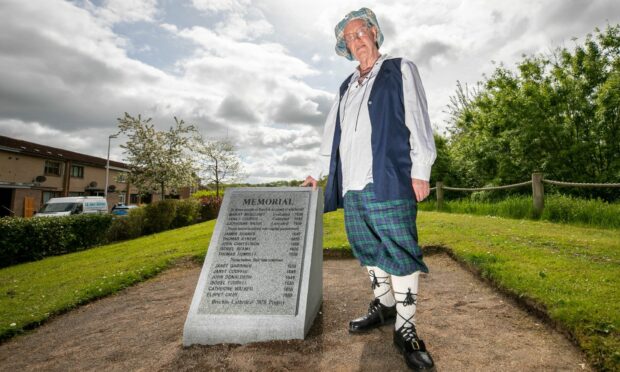
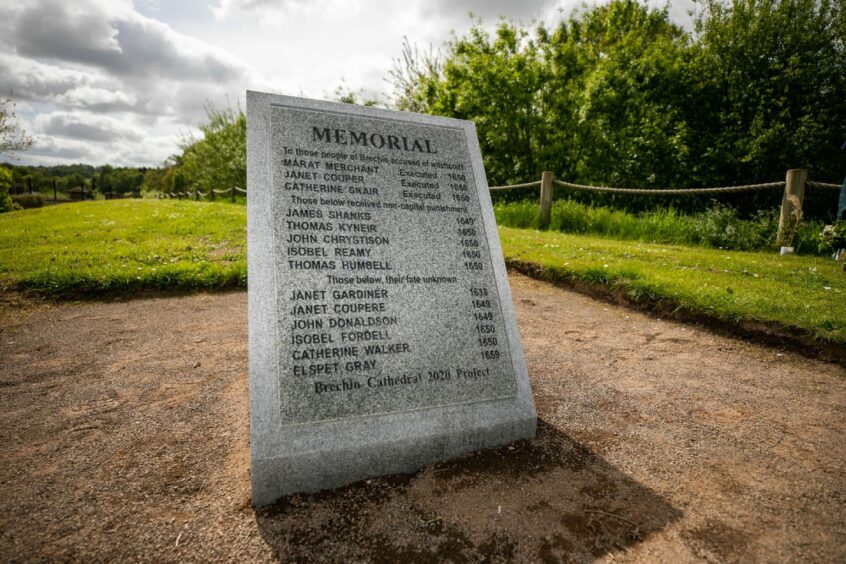
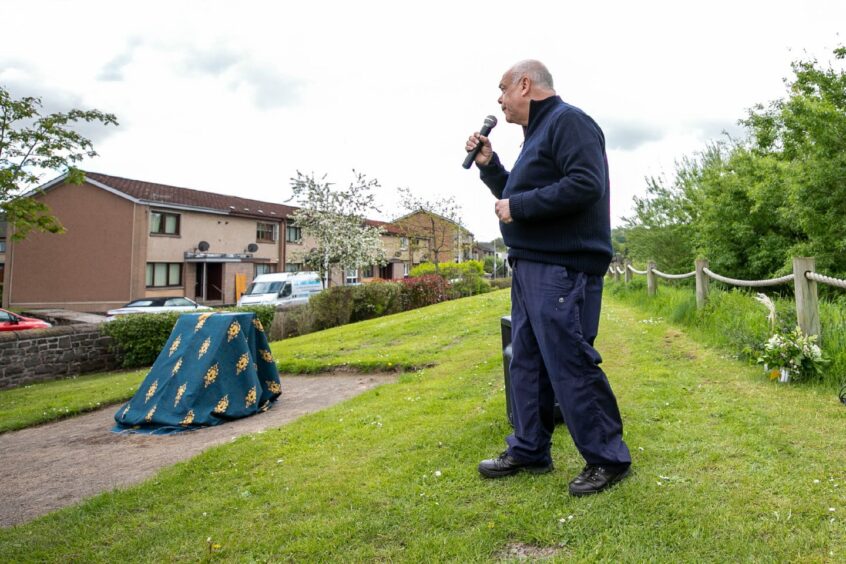
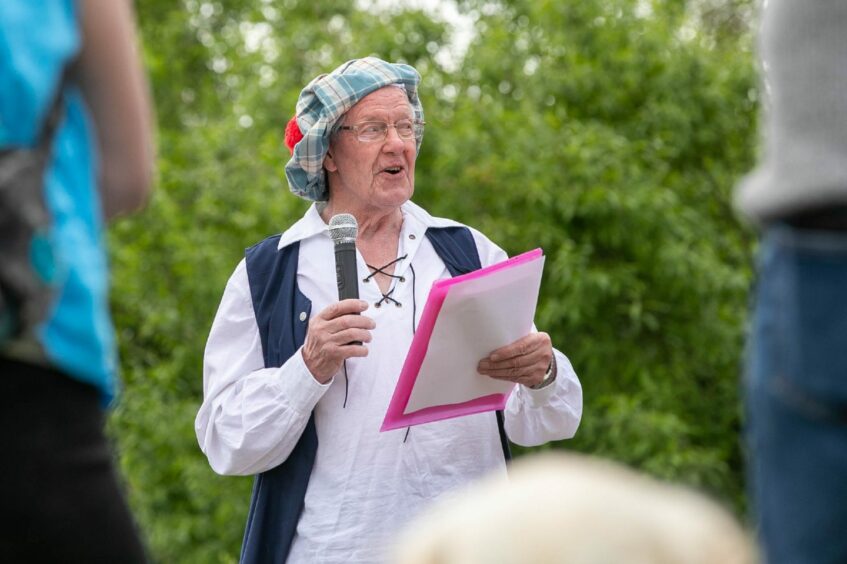
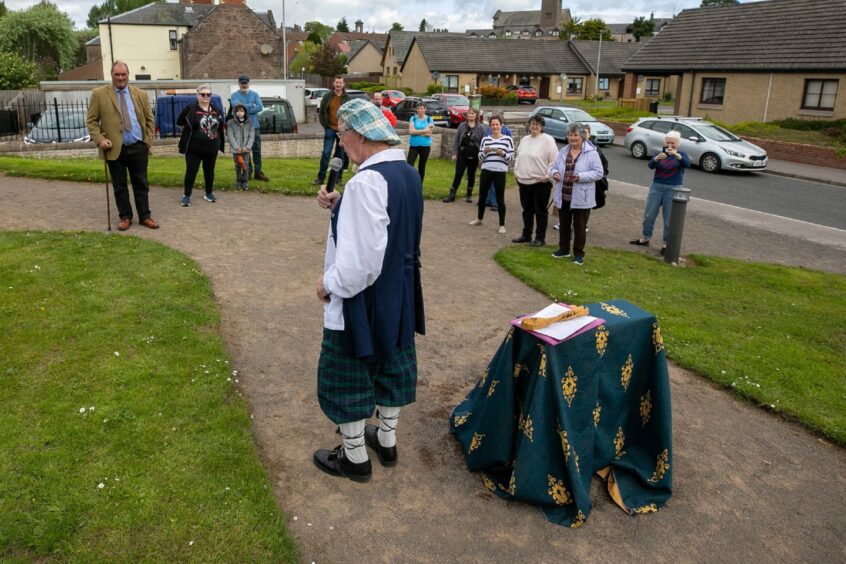





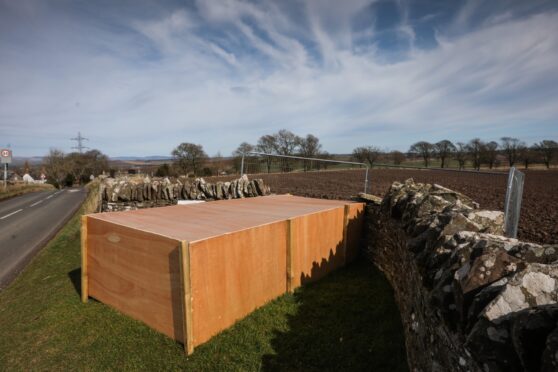
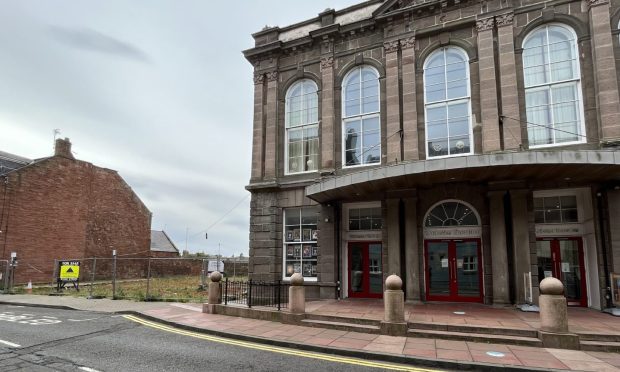

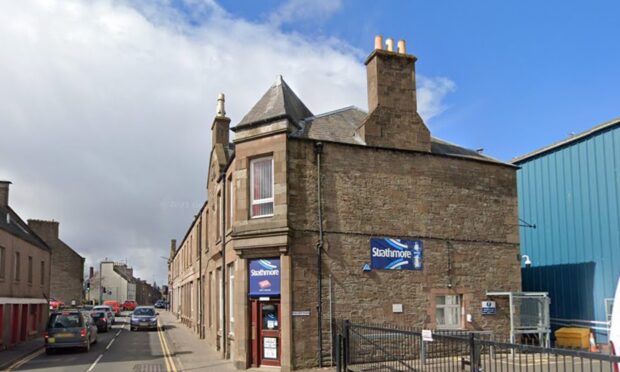
Conversation